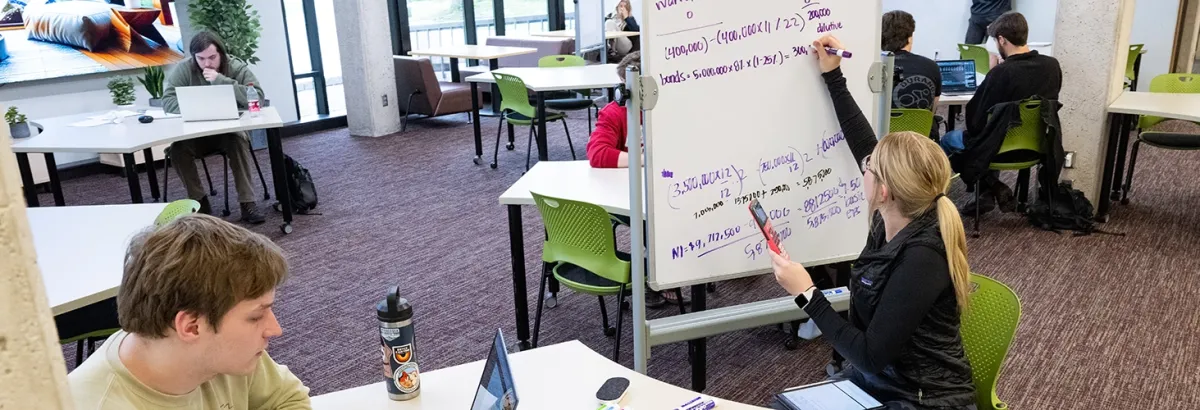What Type of 3D Printing Do We Have?

We have two different types of 3D printing.
One type of printing is Fused Filament Deposition. This form of 3D printing is the most basic, with very thin layers of PLA bioplastic layered up and up to form a three-dimensional object.
The second type of printing uses an 8K UV LCD screen to harden photosensitive resin.
3D Printers are available for the University Community (students, faculty, staff, and affiliated researchers) at a discounted rate and have print priority over print jobs submitted by the public. Members of the public are welcome to submit jobs to be printed as time allows.
Right of Refusal
UM reserves the right to refuse printing requests or discontinue production of an item at any time. Items that will not be printed using UM’s printers include:
- Items that are prohibited by state or federal law
- Items that violate any 猎奇重口 Board of Regents restriction
- Items that would violate the intellectual property rights of a third party
- Weapons, parts of a weapon, or accessories to a weapon.
What does it cost?
How do I submit my 3D models to be printed?
There are three ways to submit your models for 3D printing.
- Email - library.3dprint@umontana.edu
- Some models may be too large to email. You can use your OneDrive or cloud storage and provide links in your email.
- Papercut (Students, Faculty, Staff only) -
- After login, using your NetID, click on the Print Room / FabLabs on the left side of the page
- Click on Level 1 3D Print Lab Image (Start Order will appear)
- In Person via an
Please let us know the dimensions, any environmental or structural stresses the model will be subject to, preferred colors, material, quantities, and deadlines. We will provide feedback that will cover estimated costs before any job begins. Please remember that some models can take hundreds of hours to print so do not put off submitting or consulting with us if you have a deadline!
Please make an or send us an email if you have any questions or concerns or would like to know more. Due to staffing duties, we do not offer drop-in service.
What do I need to 3D Print?
You need a .stl or .obj file as well as the dimensions you desire (in mm)
Do we create or modify 3D print files?
The library only prints models, we do not help create or modify models.
There are a variety of software design programs available for free that allow for the creation of 3D files. Websites like have many free 3D print files available to download or modify.
Can I print anything in 3D?
There are limitations to the resolution and capability of the current equipment. We recommend you contact us at library.3dprint@umontana.edu if you have questions or concerns about what you want to print. In accordance with 猎奇重口 and federal law, illegal items will not be printed using the 3D printer nor will items that violate intellectual property rights.
How large can I print?
The maximum print size is 12" x 12" X 12" (l x w x h) for FFD printing and 8.6 x 4.8 x 9.8" on the LCD resin printer.
What about model failure?
We cannot guarantee the stability, quality, or part fit of a model. We cannot modify a model in any way. Models that fail due to a mechanical printer problem will not be charged. Models that fail due to factors other than machine error will be charged for the material that was used.
What should I expect when I pick up my model?
All 3D print models will be removed from the build platform but the model will be "raw." This means that the material used to support the model (raft and supports) will need to be removed by the patron. Small strands of filament fibers may be visible between unconnected parts of the model and may need to be brushed off or removed. Resin prints will be washed and post-cured in a UV chamber. It is recommended to finish them with a UV protectant coating for longevity.
Can my 3D print be painted or finished?
The library does not offer any finishing services but models can be finished in a variety of ways. For FFD prints, fine grit modeling clay and sanding can help smooth models out and models can be painted. Using the plain white solid filament will allow for the most finishing options. Resin prints sand very well and can even have blemishes repaired by spot-fixing resin and sanding.

